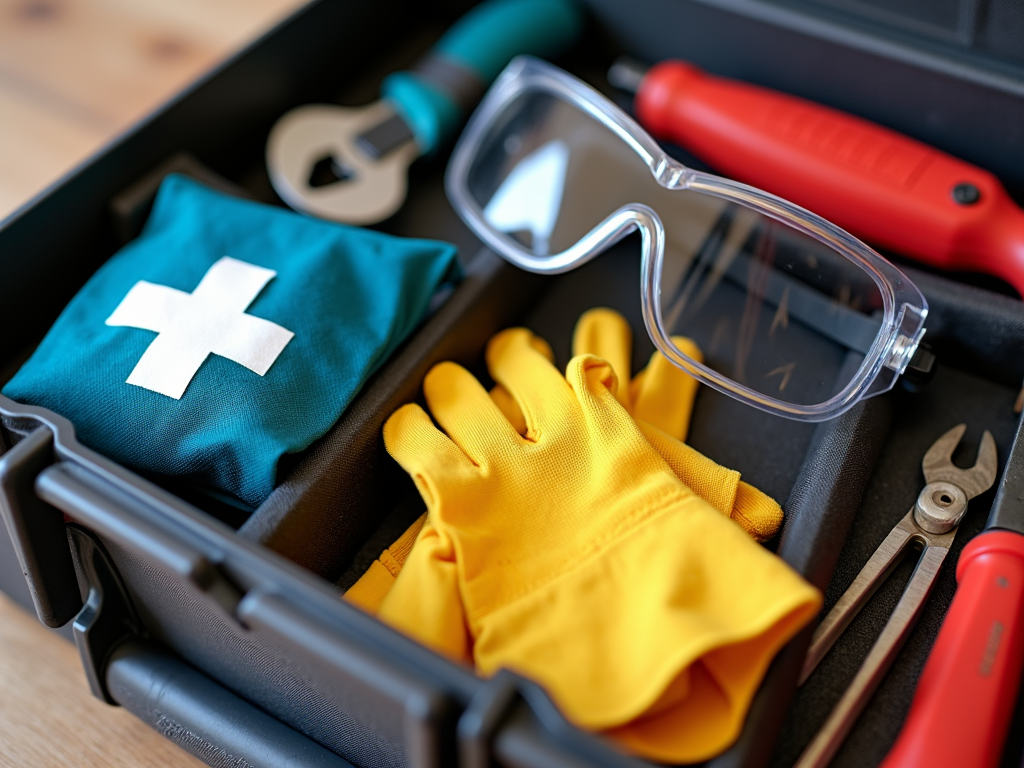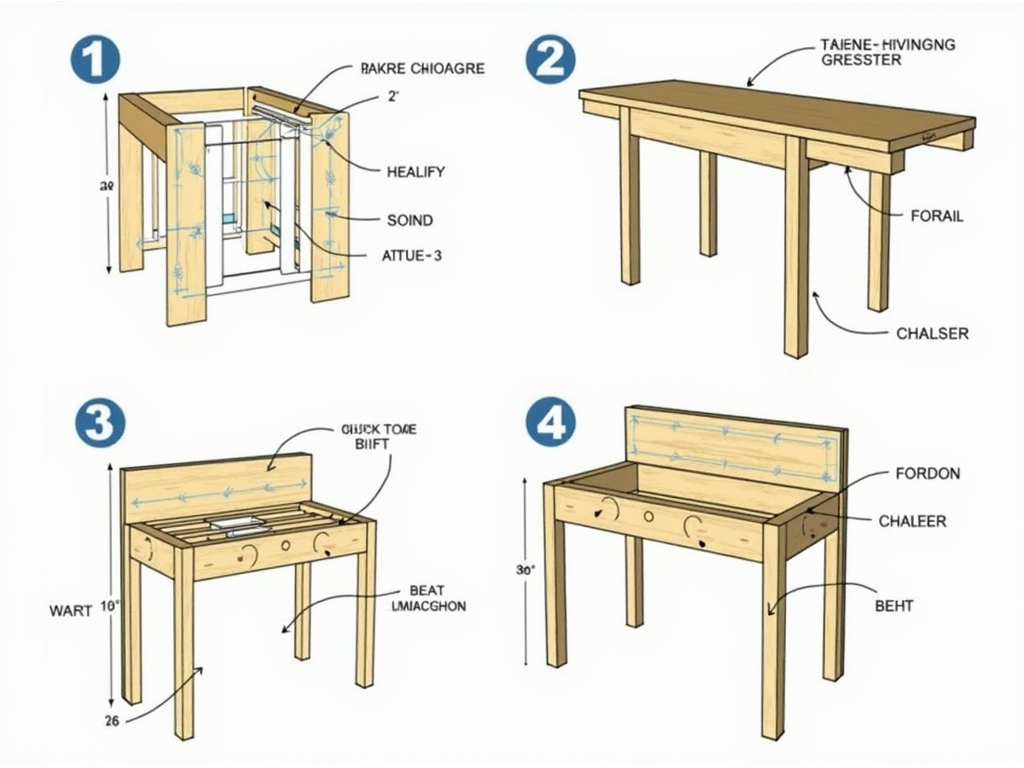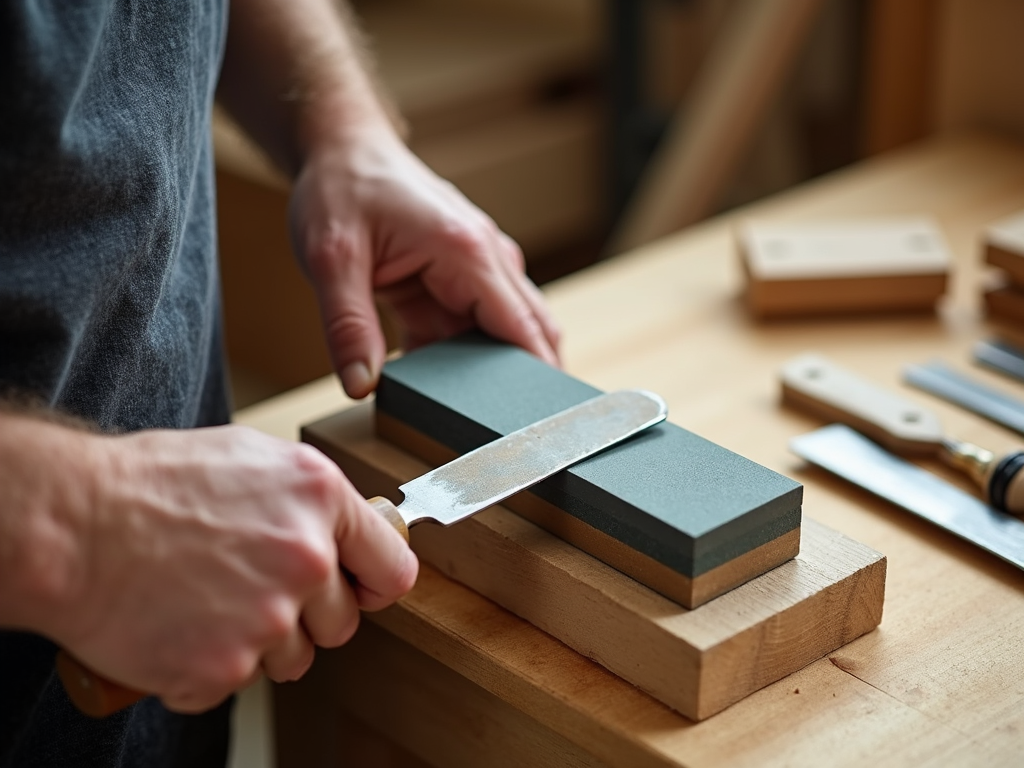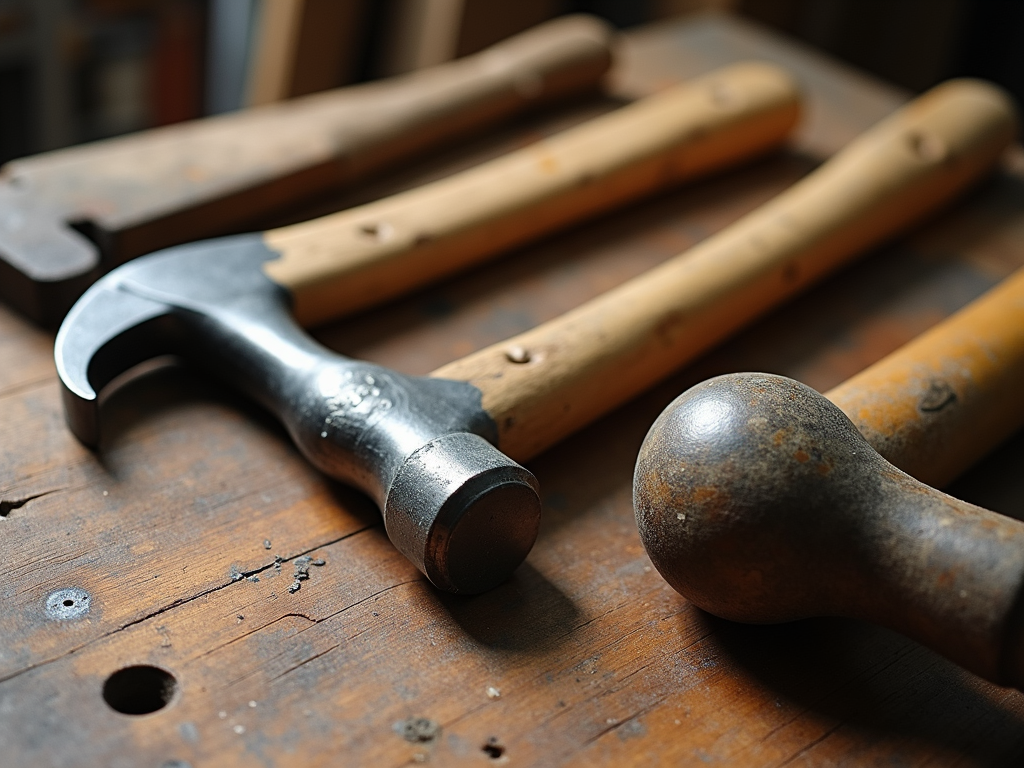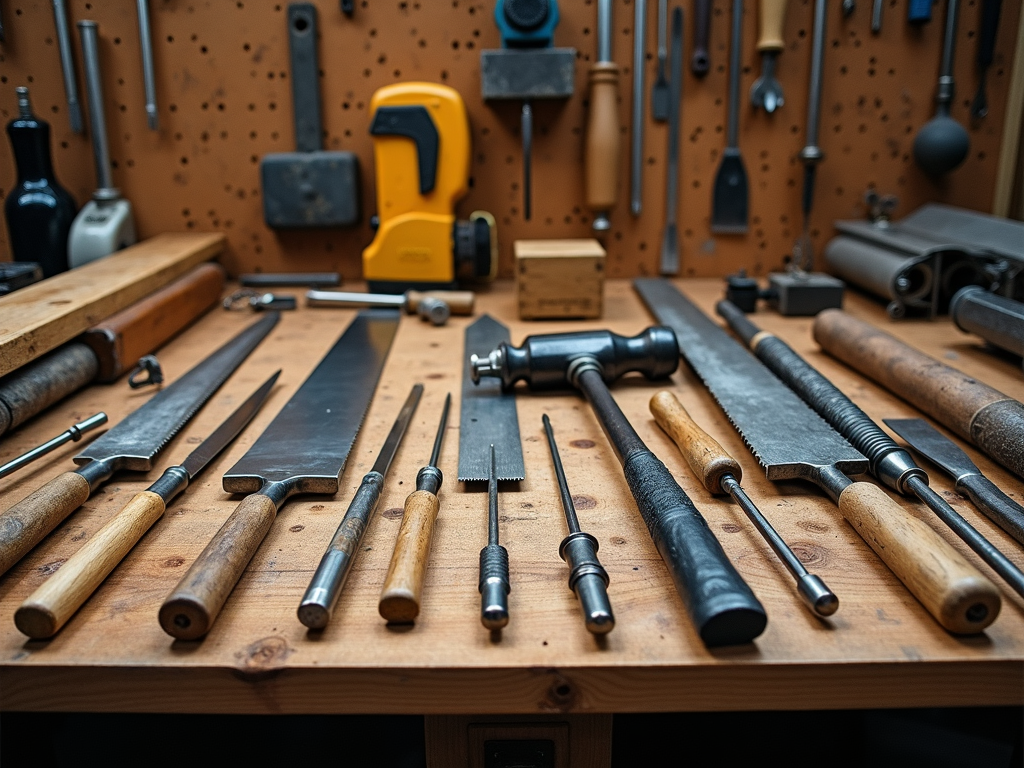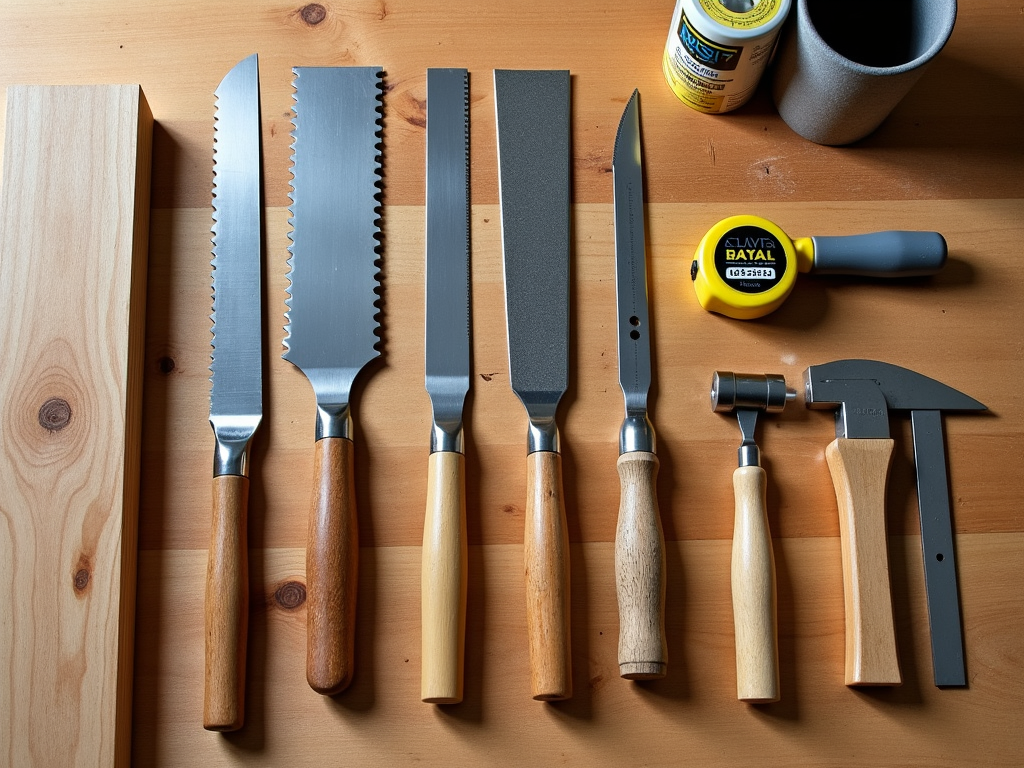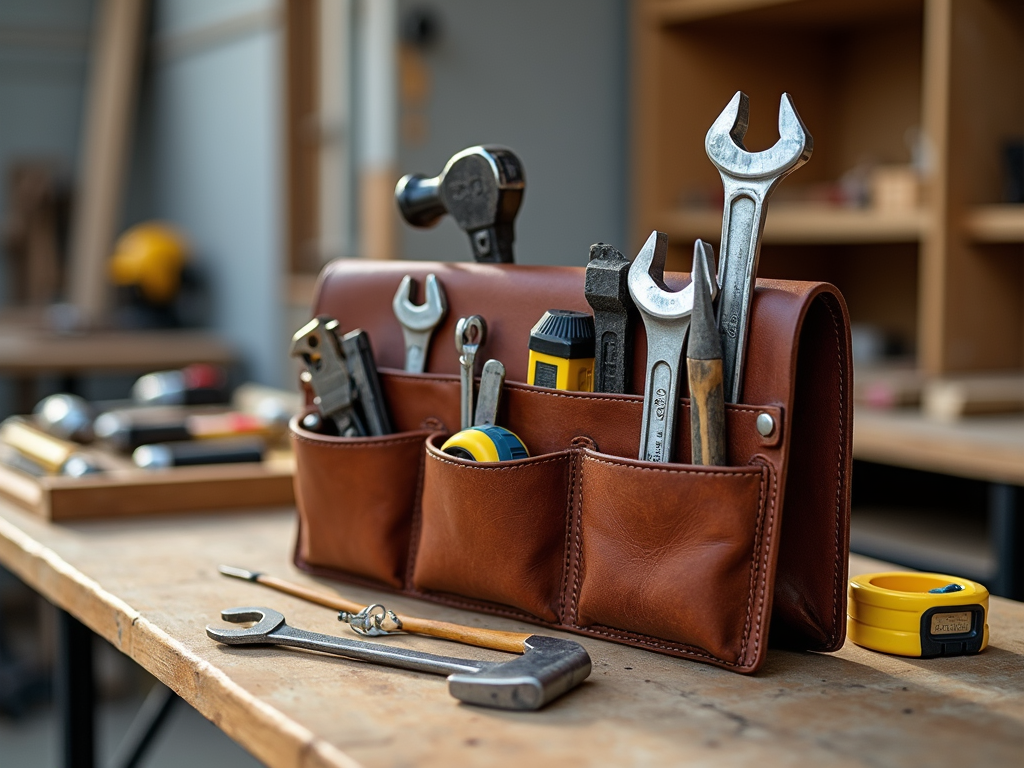Overview: Hammers are one of the most fundamental tools in any workman's arsenal, but using them safely requires knowledge and practice. This guide will walk you through everything you need to know about how to use a hammer safely, from choosing the right type to mastering proper techniques and avoiding common mistakes.
Choosing the Right Hammer
Selecting the appropriate hammer is the first step in ensuring safe and effective use. Hammers come in various types, each designed for specific tasks. Here’s a quick overview:
- Claw Hammer: Ideal for driving and removing nails. The curved claw provides leverage for pulling nails.
- Sledge Hammer: Used for heavy-duty tasks like demolition or driving stakes. Its large head delivers powerful blows.
- Ball Peen Hammer: Commonly used in metalworking. The rounded end is perfect for shaping metal.
- Mallet: Made of rubber or wood, used for tasks requiring a softer blow, like assembling furniture.
When choosing a hammer, consider the task at hand. Using the wrong type can lead to inefficiency or even injury. For example, using a claw hammer for heavy demolition work could damage the tool or cause it to slip, leading to accidents.
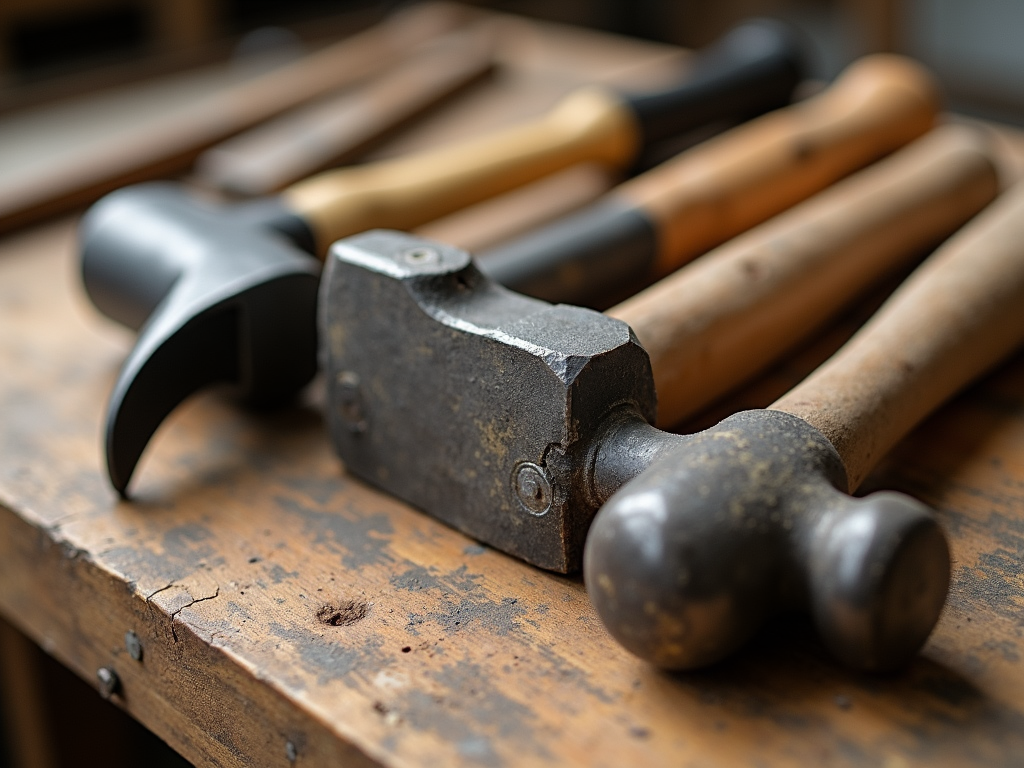
Proper Grip and Stance
Once you’ve selected the right hammer, mastering the proper grip and stance is crucial for safety and efficiency. Here’s how to do it:
- Grip the Hammer Correctly: Hold the hammer near the end of the handle, not too close to the head. This gives you better control and reduces the risk of the hammer slipping.
- Use Your Dominant Hand: Grip the hammer with your dominant hand for better precision and power.
- Stance: Stand with your feet shoulder-width apart, knees slightly bent. This provides stability and balance while swinging the hammer.
- Eye Protection: Always wear safety goggles to protect your eyes from flying debris.
Practicing the correct grip and stance not only improves your hammering technique but also minimizes the risk of injury.
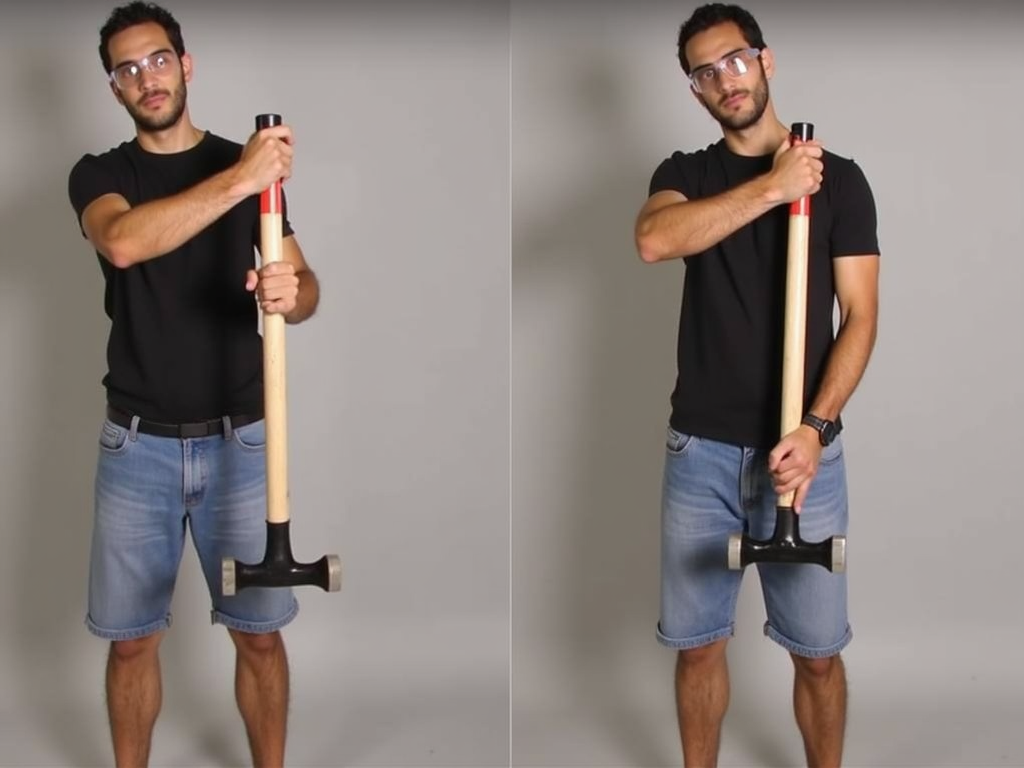
Safety Precautions
Safety should always be your top priority when using a hammer. Here are essential precautions to take:
- Inspect the Hammer: Before use, check for any damage, such as a loose head or cracked handle. A damaged hammer can break during use, causing injury.
- Wear Appropriate Gear: In addition to goggles, consider wearing gloves to protect your hands and ear protection if you’re working in a noisy environment.
- Clear the Area: Ensure your workspace is free of clutter and that no one is standing too close while you’re hammering.
- Use the Right Force: Avoid over-swinging, as this can cause the hammer to bounce back or miss the target, leading to accidents.
Taking these precautions can prevent accidents and ensure a safe working environment.
Common Mistakes to Avoid
Even experienced workmen can make mistakes when using a hammer. Here are some common pitfalls and how to avoid them:
- Using the Wrong Hammer: As mentioned earlier, using the wrong type of hammer can lead to inefficiency or injury. Always match the hammer to the task.
- Over-Swinging: Swinging too hard can cause the hammer to miss the nail or rebound, potentially hitting you or someone nearby.
- Neglecting Maintenance: Failing to maintain your hammer can lead to damage over time. Regularly check for wear and tear, and replace or repair as needed.
- Ignoring Safety Gear: Skipping safety gear like goggles or gloves increases the risk of injury. Always prioritize safety.
By being aware of these mistakes, you can take steps to avoid them and ensure safe hammer use.
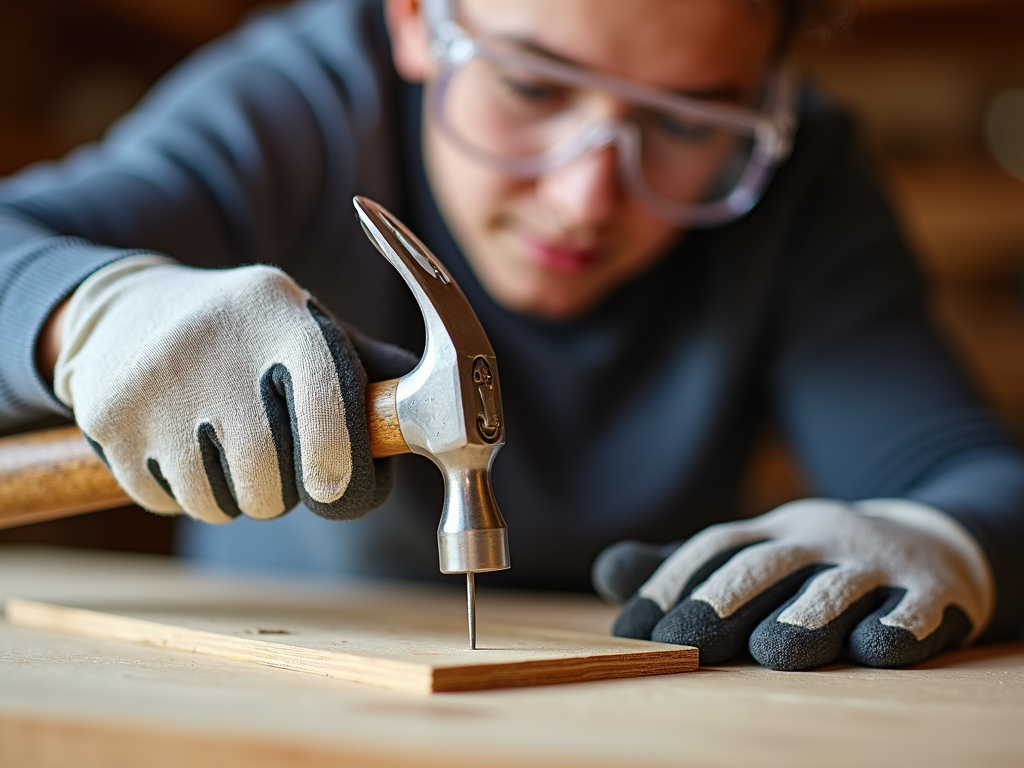
Maintaining and Storing Your Hammer
Proper maintenance and storage are key to prolonging the life of your hammer and ensuring it remains safe to use. Here are some tips:
- Clean After Use: Wipe down the hammer head and handle after each use to remove dirt and debris.
- Check for Damage: Regularly inspect the hammer for signs of wear, such as cracks in the handle or a loose head.
- Store Properly: Hang your hammer on a pegboard or store it in a toolbox to prevent it from being damaged or causing injury.
- Sharpen if Necessary: For hammers with cutting edges, like a framing hammer, keep the edge sharp for better performance.
Taking care of your hammer not only extends its lifespan but also ensures it’s always ready for safe use.
Summary
Using a hammer safely is essential for any workman, whether you’re a seasoned professional or a DIY enthusiast. By choosing the right hammer, mastering proper techniques, and following safety precautions, you can avoid common mistakes and ensure a safe working environment. Remember to maintain and store your hammer properly to keep it in top condition. With these tips, you’ll be well-equipped to handle any hammering task with confidence and safety.
Related how to use a hammer safely:
- Stay Safe: Top DIY Safety Tips
- How to Build a Sturdy Workbench
- The Importance of Tool Maintenance in Woodworking
- Guide to Choosing the Right PPE for Your Workshop
- Hammer Basics: Design and Safety Tips
- Top 10 Must-Have Tools for Every Mechanic
- Essential Workman Tools for Everyday Use: A Comprehensive Guide
- Woodworking Basics: Getting Started with Quality Tools
- Essential Safety Practices for Workshops: A Comprehensive Guide
- The Role of Technology in Modern Workshops
- Mastering the Craft: Essential Workman Tools for Professional Builders
- Guide to Table Saw Blades for Every Cut
